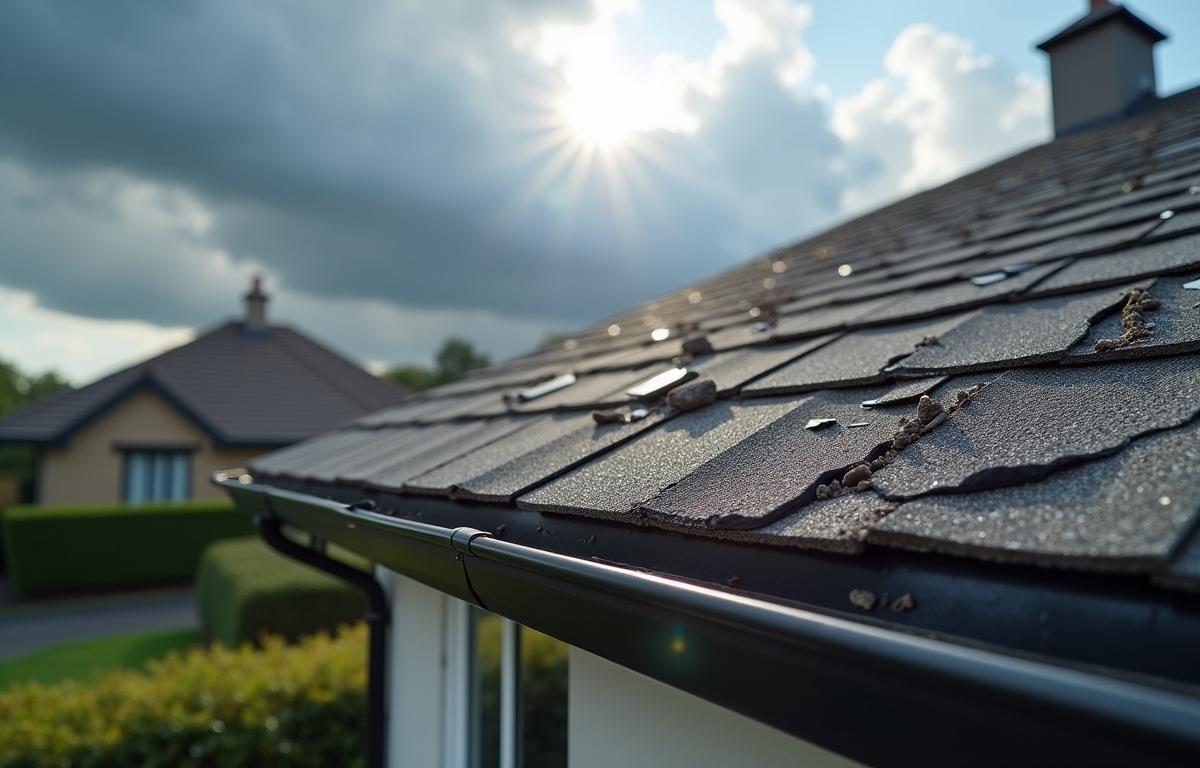Your roof is your home’s first line of defense against the elements. Extreme weather can wreak havoc on roofing systems, causing them to weaken or fail. Durable materials and solid construction will guarantee that your roof can withstand everything from heavy rains to high winds. Read on to explore various weather challenges that can test your roof’s strength and integrity.
Your Roof vs. Extreme Winds
High winds associated with severe storms and hurricanes pose a threat to roofs. Wind speeds of 75 mph or more can easily tear off shingles or even damage the roof structure itself. It is not just the gusts that are damaging; prolonged exposure to high wind conditions can result in gradual deterioration. Roofing contractors like Metal Roofing Dayton suggest utilizing materials specifically designed to handle wind loads. These roofs tend to be more aerodynamic and less likely to lift compared to traditional shingles.
All roof components should be securely fastened to prevent structural failures during windy periods. Homeowners should regularly inspect their roofs for any signs of wear to address potential vulnerabilities before the onset of severe weather.
The Impact of Heavy Rainfall
Heavy rainfall can contribute to numerous roofing issues if your roof is not adequately designed for water drainage. When water accumulates on the roof surface due to poor drainage systems, it can lead to leaks and structural damage. The weight of standing water can create added stress on the roofing structure. This risk becomes even greater if the accumulation freezes and expands.
To mitigate these risks, their gutters should function properly and the downspouts should direct water away from the roof. Regular maintenance can prevent issues stemming from heavy rain. Roofs equipped with proper drainage systems are less susceptible to damage from prolonged wet conditions.
Snow Loads and Ice Dams
In regions where snow accumulates during winter, the weight of snow can present considerable challenges for roofs. The stress of heavy snow loads can lead to roof sagging or even total collapse in extreme cases. Ice dams form when heat escapes from the roof, causing snow to melt, only for the water to refreeze at the eaves. Homeowners must check that their roofs are adequately insulated and ventilated to minimize this risk. Having a professional inspection can identify areas prone to ice dam formation.
Removing snow buildup can alleviate weight and prevent potential leaks from ice dams. Roofs burdened with excess snow and ice are at a much higher risk of sustaining damage and can require costly repairs or replacements.
Heat and UV Exposure
Extreme heat and prolonged exposure to ultraviolet (UV) rays can degrade roofing materials. Asphalt shingles can become brittle and lose granules, whereas other materials may experience fading or cracking. This degradation can result in increased energy costs, as your home becomes less energy efficient.
Homeowners are encouraged to choose roofing materials that offer resistance to heat and UV exposure. Metal roofs are known for their durability under sun exposure and can reflect sunlight, reducing heat absorption. Schedule regular maintenance, which can include checking for any damaged sections that may need immediate attention. Proper ventilation in the attic minimizes heat buildup, which can extend your roof’s life.
Understanding the various weather challenges your roof faces helps you make informed decisions about maintenance and upgrades. Being proactive can prevent small problems from becoming larger, more costly issues.
